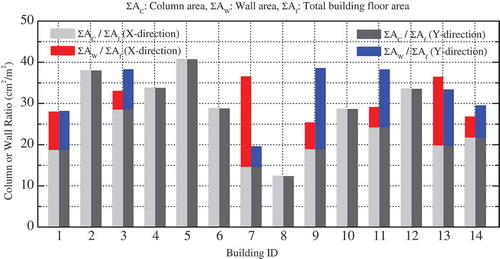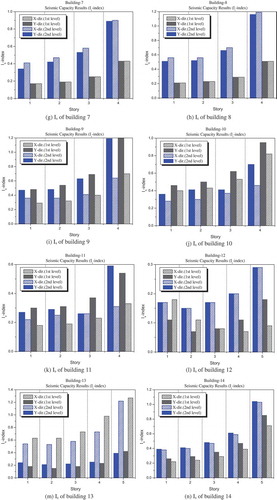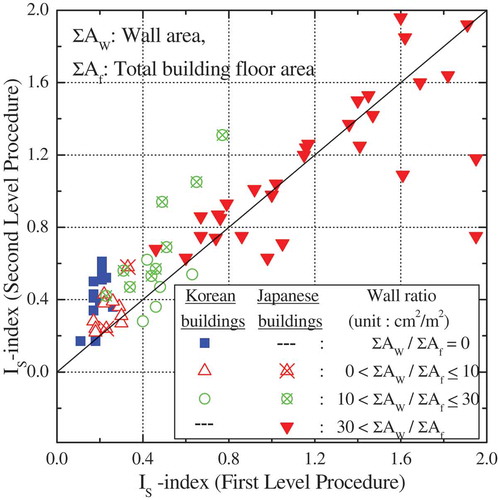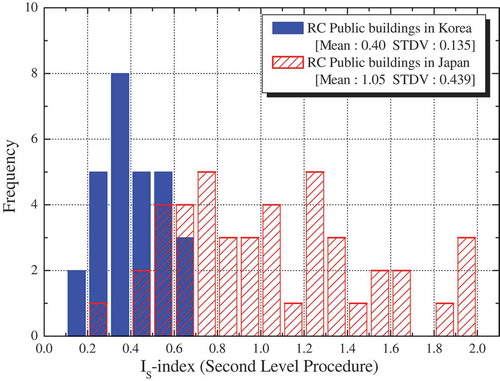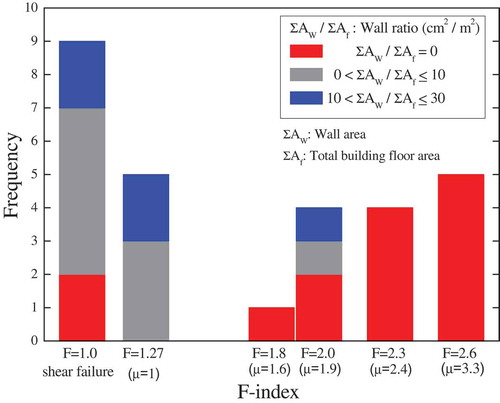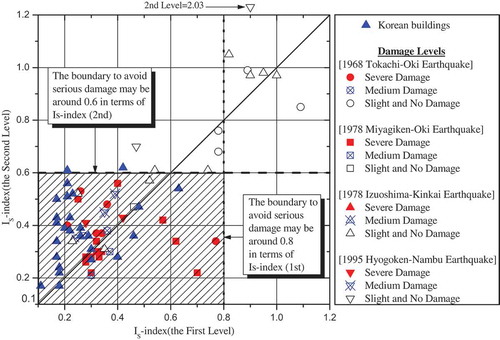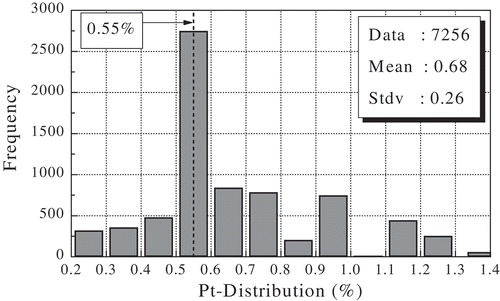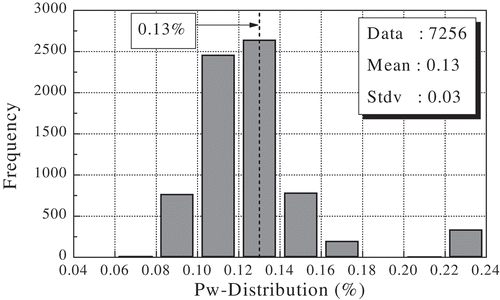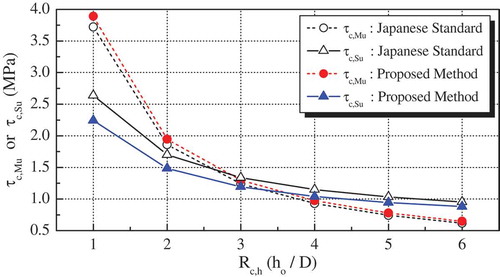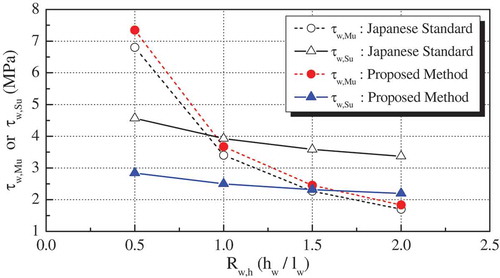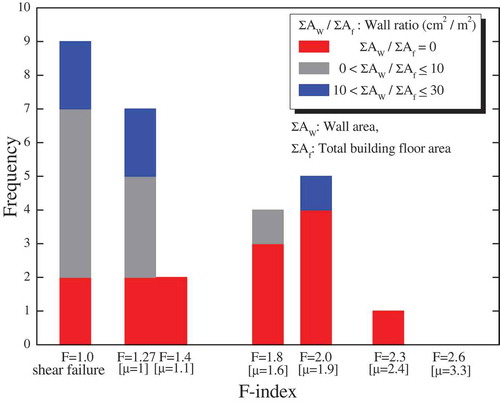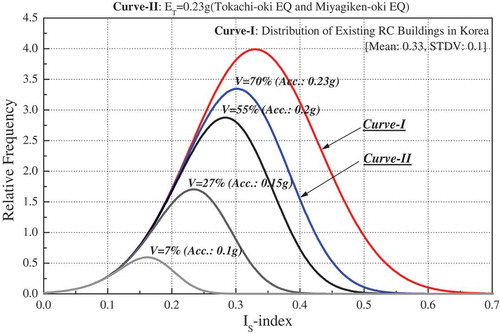Figures & data
Table 1. Details of the Korean RC buildings investigated in this study.
Table 2. Seismic capacity indices (Is) of Japanese buildings (Lee et al. Citation1996a).
Figure 2. Seismic capacity indices (IS) in the X- and Y-directions of 14 existing low-rise RC Korean buildings.
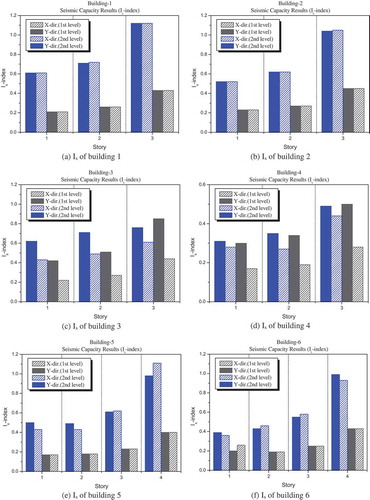
Figure 3. Seismic capacity calculated using the first level procedure of the Japanese Standard in the X- and Y-directions.

Figure 4. Seismic capacity calculated using the second level procedure of the Japanese Standard in the X- and Y-directions.

Figure 9. Flowchart of the proposed basic structural index, which is suitable for evaluating Korean RC buildings.
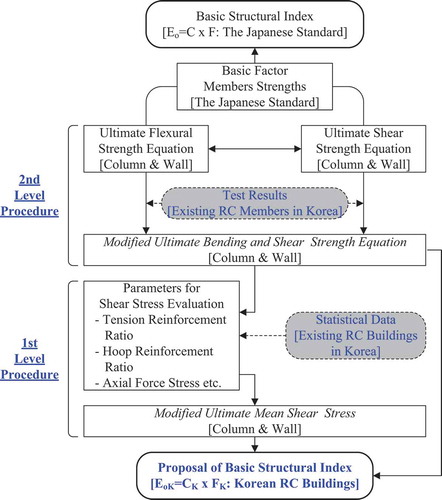
Figure 10. Relationship between cMu values of columns obtained experimentally and computed using Equation (5).
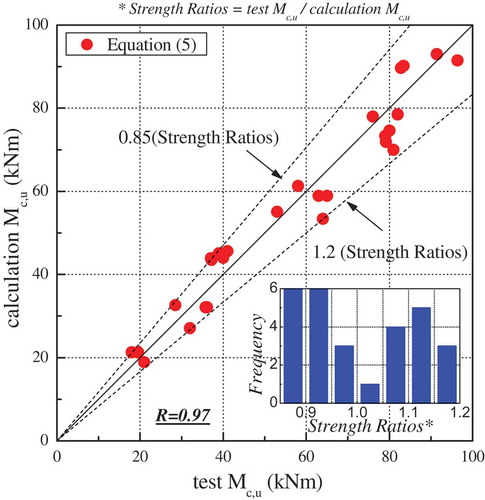
Figure 11. Distribution of shear strength ratios between the experimental and analytical values calculated using Equation (7) for Korean columns.
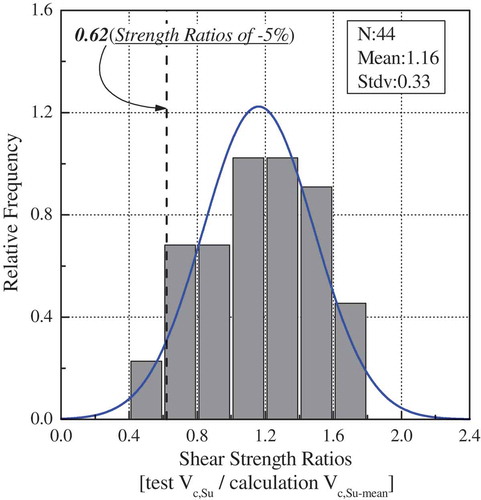
Figure 12. Relationship between Vc,Su values according to the experiments for Korean columns and those calculated using Equations (6) and (8).
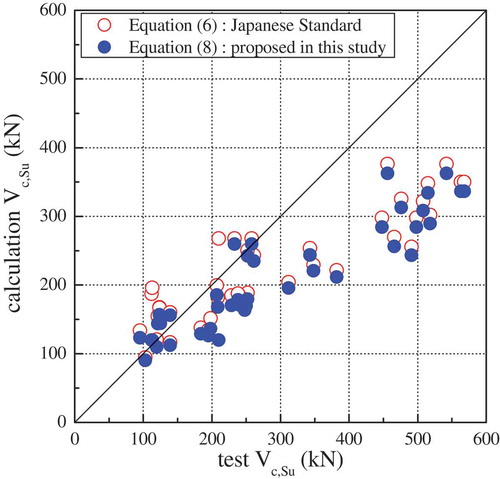
Figure 13. Relationship between experimental values of Mw,u and results calculated using Equation (9).

Figure 14. Distribution of the ratios of experimentally measured shear strength to the values calculated using Equation (11).
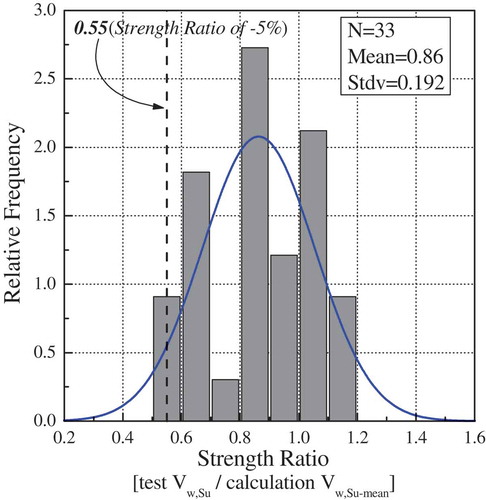
Figure 15. Relationship between the experimental values of Vw,Su and those calculated using Equations (10) and (12).
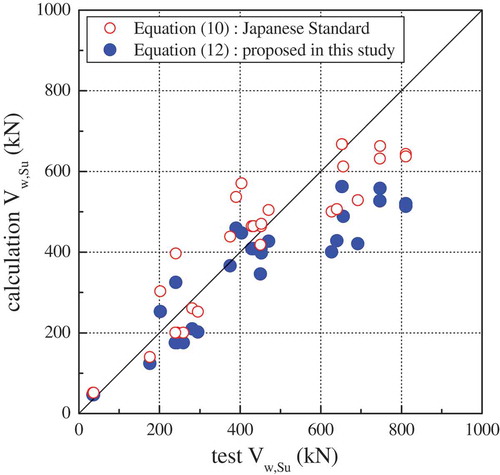
Table 3. Parameters used to estimate the unit average shear stress of columns based on the first level procedure.
Figure 21. Relationship between Is values (according to the first level procedure) of Korean buildings when calculated using the proposed method and the Japanese Standard.
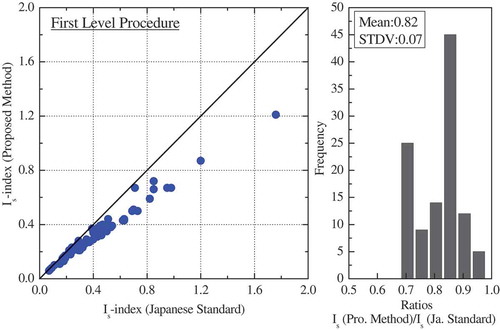
Figure 22. Relationship between Is values (according to the second level procedure) of Korean buildings when calculated using the proposed method and the Japanese Standard.
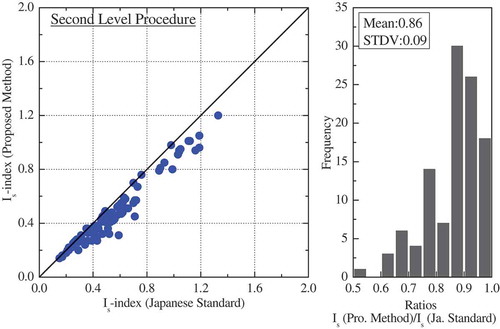
Figure 23. Distribution of Is values of Korean RC buildings evaluated by the proposed method and the Japanese Standard.
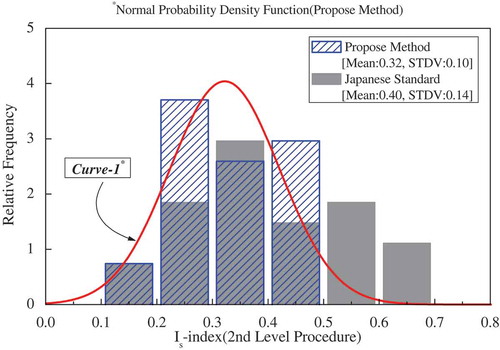
Data availability statement
The data described in this article are openly available in the Open Science Framework at DOI:10.17605/OSF.IO/TPA6U.

